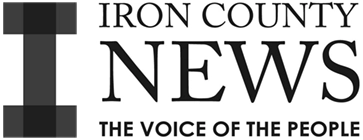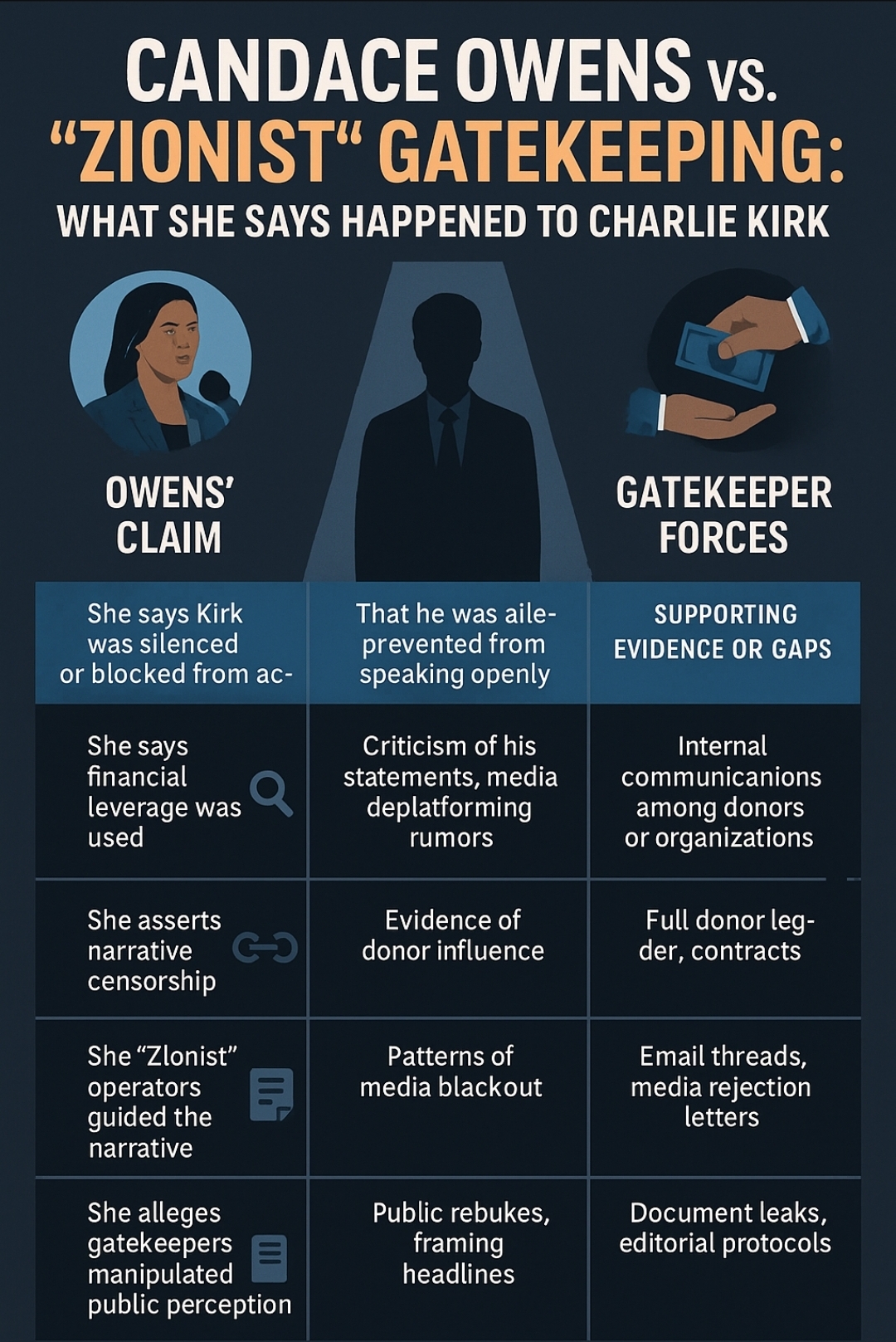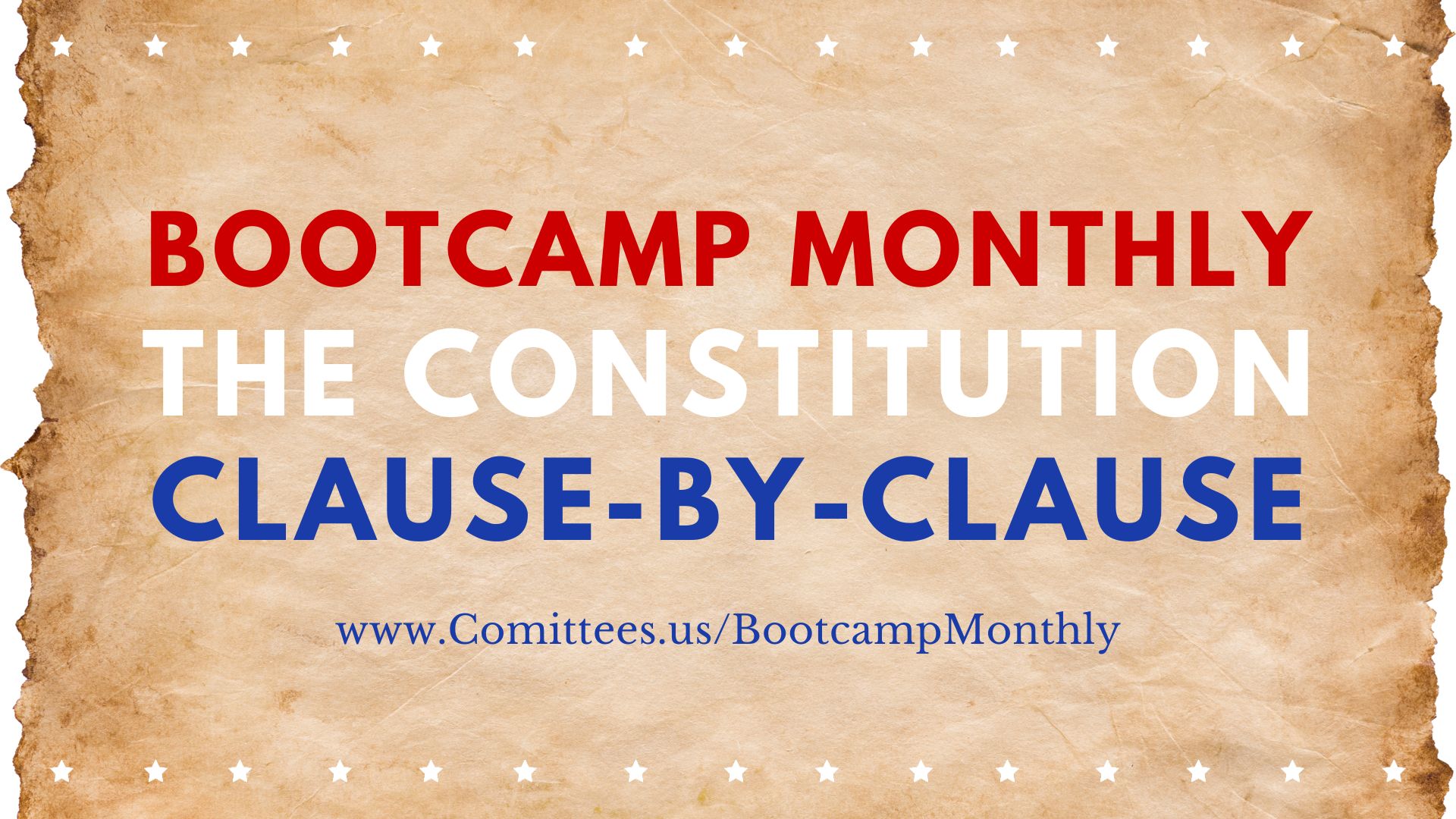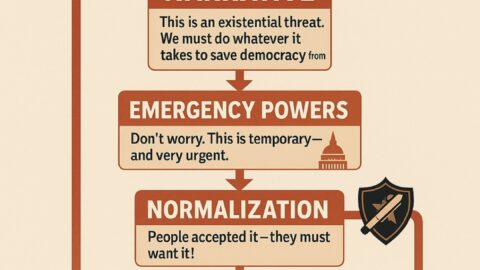When powerful interests try to decide which opinions are “acceptable,” truth becomes a hostage of influence. Candace Owens’ stand against what she calls “Zionist gatekeeping” is not just a personal fight—it’s a defense of the right to think and speak freely without financial or institutional punishment. Whether one agrees with all her conclusions or not, her willingness to challenge entrenched narratives—especially when it costs her media favor, corporate ties, and public comfort—embodies the courage that keeps open discourse alive.
Supporting people like Candace Owens doesn’t mean blind allegiance; it means protecting the principle of open inquiry. When a journalist, commentator, or citizen asks questions that power finds inconvenient, they often face coordinated backlash—smears, deplatforming, and financial intimidation. The antidote is public solidarity: sharing their work, verifying facts for ourselves, refusing to let others be silenced through fear or isolation.
Real support begins with discernment and integrity. Instead of letting gatekeepers—political, religious, or financial—define what we’re “allowed” to question, we stand with those who insist on transparency and accountability no matter who it offends. To support Owens and others like her is to say: truth has no sponsor, and courage should never be punished.
Based on the Liberty Vault. This article summarizes Owens’ claims, the context she gives, and what evidence would clarify each point. It’s descriptive, not endorsing any side.
The Setup
Candace Owens argues that powerful pro-Israel donors and media figures (“Zionists,” in her phrasing) tried to control both her speech and Charlie Kirk’s—especially on Israel/Gaza—and then misled the public about her relationship with Kirk after his death. She says she experienced this pressure in early 2024; she believes Kirk faced a similar squeeze in 2025.
1) “They’re losing the narrative”—and lashing out
Owens’ claim: Pro-Israel influencers are “hysterical” because they’re “losing control of information,” especially with younger conservatives.
What she cites: Social-media pile-ons, attempts to report her merchandise to federal agencies, and public smears about a supposed “falling out” with Kirk.
Why it matters: If major donors and personalities are policing speech, that could shape what conservative audiences hear about foreign policy.
What would clarify it: Documented directives from donors/PR teams, and a timeline showing who spread the “falling out” story and when.
2) The CIA-logo kerfuffle
Owens’ claim: A critic tagged the CIA director to complain that Owens’ parody “Candace Intelligence Agency” logo violates federal law; she calls this a bad-faith attempt to sic authorities on her.
What she argues: Parody merch is legal and predates Kirk’s death; pointing to Halloween “FBI” costumes to mock the complaint.
What would clarify it: Whether the CIA actually responded; any formal complaint; relevant trademark/insignia guidance on parody and agency seals.
3) “They fabricated a breakup with Charlie”
Owens’ claim: Media figures and activists pushed a false narrative that she and Kirk split professionally.
What she offers: Receipts that she toured with TPUSA in early 2024 and spoke at their 2024 conference; says undated text screenshots were weaponized.
What would clarify it: The full, timestamped message chains; booking contracts, internal run-of-show docs, and video from those 2024 TPUSA appearances.
4) The undated text leak: proof of pressure, not a rift
Owens’ claim: A circulated text exchange (no date/time) shows a Kirk associate prescribing two statements she “must” say—“Israel is not committing a genocide” and “This is not Ukraine”—to stop the backlash. Kirk replies he’s “trying to help her.”
Owens’ read: The messages are from 2023 during the initial furor over her “genocide is always wrong” tweet; they show donors/allies trying to script her—not a falling out with Kirk.
What would clarify it: Message metadata; the sender’s identity; surrounding context (before/after texts) to verify intent and timing.
5) “Genocide is always wrong”—and the pressure to recant
Owens’ claim: After she tweeted that “no government anywhere has a right to commit a genocide,” she was told to apologize or face professional consequences; she refused and paid a price.
Why it matters: It illustrates how moral red lines collide with political coalitions and donor expectations.
What would clarify it: Emails/texts demanding a retraction; any contractual or financial repercussions tied to her stance.
6) Was Charlie Kirk shifting—and why?
Owens’ claim: Kirk tried to navigate between big donors and a Gen-Z base hostile to speech-policing. He worried about overuse of the “antisemitism” label and hosted a student town hall to air that tension.
Nuance: Owens notes Kirk still voiced support for Israel; the argument is that he resisted blanket litmus tests and donor-driven scripting.
What would clarify it: Full video of the town hall(s); additional clips showing Kirk’s stated boundaries; private messages (if any) expressing frustration with pressure.
7) The “Zionist donor” lever
Owens’ claim: Wealthy, pro-Israel donors tried to control programming and platforming at TPUSA—pressuring Kirk about who could speak, what could be said, and how criticism should be framed.
Why it matters: If funding was implicitly or explicitly contingent on editorial/advocacy compliance, that’s a transparency issue for any nonprofit.
What would clarify it: Donor agreements, emails setting conditions, and credible insider testimony.
8) The AIPAC/activist critique
Owens’ claim: AIPAC-aligned figures and self-described Zionists act like a “mafia,” using smears, leaks, and access threats to enforce conformity on Israel/Gaza.
Caution: This is charged language. The line between robust advocacy and improper coercion is factual, not rhetorical—documentation matters.
What would clarify it: Specific, verifiable examples where funding or access was pulled explicitly because a host/guest challenged Israel policy.
9) Antisemitism vs. policy criticism
Owens’ claim: Labeling policy critics “antisemitic” is overused, backfires, and risks breeding real prejudice—much like “racist” has been over-deployed in other contexts.
Why it matters: Distinguishing bigotry from policy critique is essential for healthy debate.
What would clarify it: Case studies where policy-only critiques were misbranded as antisemitic, and conversely, examples where rhetoric did cross into prejudice.
10) The parallel she draws to her 2024 fight
Owens’ claim: What she faced in early 2024 (pressure to apologize; donor agitation) is what Kirk faced in 2025, and he was “tired” of being told to recant self-evidently moral positions.
Important distinction: Owens openly condemned Israel’s Gaza campaign as genocidal; Kirk, by her own account and public clips, was more measured and did not adopt her framing—even as he challenged speech-policing.
What would clarify it: A timeline aligning donor messages, booking decisions, and Kirk’s public statements across late 2024–2025.
What’s unproven (from the clip alone)
- That any donor made an explicit quid-pro-quo threat (“say X or lose Y”) in writing.
- That the undated text leak is authentic and from the timeframe Owens asserts, absent metadata.
- That federal authorities acted on social-media tags/complaints about her merch.
- That TPUSA leadership intentionally misled the public about her relationship with Kirk.
Why this conversation matters beyond one feud
- Transparency in advocacy media: If big donors shape editorial lines, the public deserves to know how and when.
- Generational split: Younger conservatives are far more skeptical of unconditional support for Israeli policy; that’s reshaping institutions built on older coalitions.
- Labeling and discourse: Overusing “antisemitism” to shut down debate harms real efforts to fight Jew-hatred—and it stifles legitimate policy discussion.
A constructive way forward
- Release documents with redactions: Timestamps, full text chains, donor emails that bear on scripting or platforming decisions.
- Adopt clear disclosure norms: When funders support programs with policy expectations, disclose that to audiences.
- Keep the categories clean: Condemn bigotry unequivocally; keep critiques focused on governments, policies, and lobby tactics—not identity.
Bottom Line
Owens presents a coherent narrative of pressure, selective leaks, and posthumous spin surrounding Charlie Kirk. Some of it is corroborated by public appearances and timelines; much of it hinges on internal communications the public hasn’t seen. The fastest path to truth is sunlight: full contexts, clear timelines, and documents. Until then, treat the claims as serious—and testable.
Candace Owens vs. “Zionists”: What She Says About Charlie Kirk — Point-by-Point, With Context and Questions
Candace Owens’ recent remarks — amplified by Liberty Vault clips and social feeds — blend personal testimony, political argument and a running critique of powerful pro-Israel donors and influencers. The clip you provided mixes three threads: (1) a description of pressure Charlie Kirk supposedly faced from donors and allies, (2) Owens’ defense of her own “genocide is always wrong” stance and the fallout she experienced, and (3) a broader argument about how pro-Israel activists and funders police speech on the right.
Below I break Owens’ main claims down, explain why each matters, and list the evidence or documents that would best confirm or rebut them. Where claims veer into heated or conspiratorial territory I flag that clearly — the goal is useful analysis, not amplification.
1) Claim: Charlie Kirk was under intense pressure from donors and pro-Israel operatives in the months before his death
What Owens says: donors and “Zionists” were actively pressuring Kirk to police speech, to ensure he and Turning Point USA did not stray from pro-Israel talking points; she sees the messaging as coercive and mafia-like.
Why it matters: if true, it explains internal tensions inside a major conservative group and why public figures sometimes change or soften positions. It also frames subsequent events — public pushback and Kirk’s reported “evolution” — as driven by private pressure rather than purely personal reflection.
What would help verify it: copies of donor emails or texts, contemporaneous meeting notes, whistleblower testimony, or contemporaneous communications showing donors explicitly demanding particular public statements or threats tied to funding.
2) Claim: A specific text-message leak was weaponized to invent a falling-out narrative between Owens and Kirk
What Owens says: opponents circulated undated text screenshots to imply a breakup; the texts were taken out of context and actually prove the opposite (they show donors pushing narrative control).
Why it matters: selective leaks can rewrite public memory and smear reputations. If a text was stripped of date/time metadata or otherwise manipulated, it’s a major red flag about the source of the leak and the leaker’s intent.
What would help verify it: original message metadata (timestamps and device logs), the chain of custody for the screenshot(s), or a reliable source who can authenticate the messages with full context.
3) Claim: Owens and Kirk were both subjected to peer pressure to retract or soften statements about Israel/Gaza — specifically Owens’ tweet “genocide is always wrong”
What Owens says: her tweet drew outrage, threats and demands she apologize; she refused and lost access to parts of the donor circle. She suggests Kirk went through similar pressure later.
Why it matters: it shows how public debate about Gaza/Israel can become a career risk even in right-of-center media, and it helps explain which voices get amplified or silenced.
What would help verify it: contemporaneous public replies, private messages from donors, records of meetings where retraction was demanded, and public timelines showing any professional consequences Owens alleges.
4) Claim: The pro-Israel donor class polices speech and “won’t let” Turning Point deviate — with material threats or promises attached
What Owens says: wealthy donors (she names a class of funders) exert influence; she frames their behavior as coercive and transactional.
Why it matters: the role of major donors shaping nonprofit or media agendas is a legitimate question about influence and free speech. It becomes troubling if donors are found to condition funding on policy or editorial control in undisclosed ways.
What would help verify it: documented funding agreements, emails or meeting notes in which donors explicitly condition contributions on editorial stances, or whistleblower testimony.
5) Claim: The “Zionist” attacks on Owens included false personal claims (e.g., that she and Kirk had a breakup) and public attempts to discredit her (including reporting her to agencies or public pressure campaigns)
What Owens says: opponents fabricated or exaggerated claims and used smear tactics.
Why it matters: false narratives can damage careers and polarize debate. Public figures often face both legitimate critique and falsehoods; distinguishing the two is important.
What would help verify it: original sources for the alleged fabrications (to evaluate whether they were errors, misreadings, or deliberate manipulation), plus documentation if anyone actually reported her to federal agencies and the basis for those reports.
6) Claim: The tactic of over-labeling critics as “anti-Semitic” or “anti-Israel” is being overused and is politically weaponized
What Owens says: overusing the anti-Semite label chills debate and pushes people away from candid discussion; she compares it to the way “racism” is sometimes weaponized.
Why it matters: legitimate concerns about bigotry must be taken seriously — but the accusation of antisemitism should not be used to shut down legitimate criticism of policy. This is a real tension in public life, requiring careful, case-by-case judgment.
What would help verify it: examples where a critique of Israeli policy was labeled antisemitic despite no evidence of prejudice, and independent adjudication (e.g., ethics committees, respected commentators) showing the labeling was inaccurate.
7) Claim: Owens (and some young conservatives) resisted pressure and held firm on “no genocide is acceptable,” which she frames as moral and noncontroversial
What Owens says: she sees her stance as basic morality; being forced to apologize for it was wrong.
Why it matters: moral consistency is politically and rhetorically potent; the public wants to know whether principled stands are punished or rewarded in political media ecosystems.
What would help verify it: the historical record of calls for apologies, public statements asking for retractions, and any evidence linking such demands to funding or employment consequences.
8) Claim: Charlie Kirk’s views were more nuanced than the most ardent pro-Israel voices (e.g., Ben Shapiro); he reportedly expressed frustration with overuse of “antisemitic” labeling and sought a middle path
What Owens says: Kirk defended debate and worried that labeling dissenters as antisemites would be counterproductive; he valued both pro-Israel ties and open conversation.
Why it matters: understanding where key influencers actually stood helps explain organizational tensions and the choices they made publicly.
What would help verify it: clips like the town-hall footage Owens cites, emails, recorded conversations, or public appearances showing that nuance.
9) Claim: The pattern of donor pressure, public shaming, selective leaks and intimidation is part of a broader “information control” effort that pro-Israel forces are losing and thus becoming more aggressive
What Owens says: the pro-Israel informational advantage is eroding (young people, social media) and that loss is producing increasingly hysterical responses from donors and activists.
Why it matters: this is a political interpretation that connects longer trends (youth shifts on Gaza/Israel) to short-term behavior. If true, it helps explain why donors might be particularly sensitive now. If exaggerated, it risks turning real concerns into a broad conspiracy.
What would help verify it: polling trends about youth views, donation and media-spend data, and specific examples of “escalating” reactions tied to declining influence.
What the clip does not prove (and where to be careful)
- It does not provide documentary proof (at least in the clip) that donors illegally coerced speech or made explicit quid pro quo threats. Allegation ≠ proven fact.
- It mixes personal grievance with systemic critique. Owens’ lived experience is relevant, but systemic claims need documentary evidence.
- It runs the risk of overgeneralizing (using shorthand like “Zionists” or “the donor class” to describe diverse people and organizations). That language can obscure nuance and unintentionally fuel prejudice. Public discussion should target behavior and policies, not entire identity groups.
For investigators, journalists and the public: the checklist of documents that would settle most disputes here
- Donor-TPUSA communications (emails/texts/meeting minutes) referencing editorial demands or funding conditions.
- Timestamped message metadata for any leaked texts/screenshots (to verify date/time and authenticity).
- Video and audio of the town hall and any private briefings in which Kirk discussed donor pressure or speech constraints.
- Financial records and grants showing whether funding was conditional and what compliance clauses (if any) existed.
- Independent testimony from insiders or donors willing to speak under oath about what was said.
Bottom line / balanced takeaways
- Candace Owens’ clip raises important questions about speech, influence, and censorship within conservative media circles. Questions about whether donors pressure organizations to conform are legitimate and deserve transparent investigation.
- Her personal account of being pressured to retract a basic moral claim (“genocide is always wrong”) is a powerful anecdote about how speech policing can work in practice — but anecdotes are not, by themselves, proof of a systematic conspiracy.
- When public debate touches on charged identities and geopolitics, it’s crucial to separate: (a) legitimate policy disagreement, (b) genuine instances of hate or bigotry, and (c) manipulative or extrajudicial attempts to silence critics. All three require different responses.
- The healthiest outcome would be transparency: release the relevant documents (with appropriate privacy/redaction safeguards), allow independent third-party review, and let the facts, not innuendo, determine outcomes.







